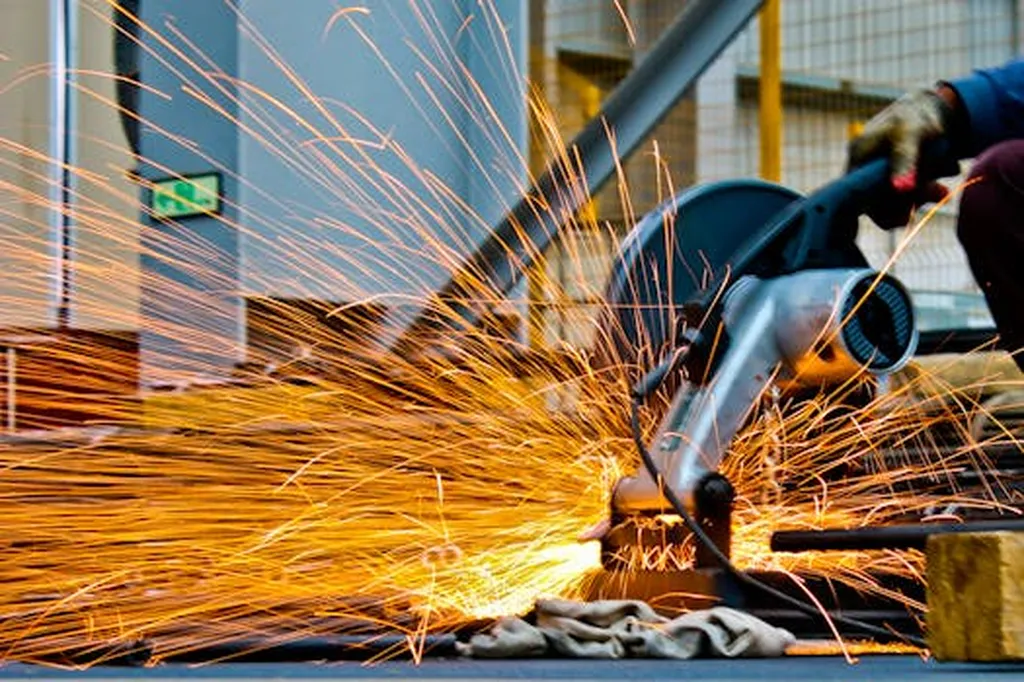In a breakthrough that could reshape the diamond tool industry, researchers have demonstrated the potential of microwave-hybrid sintering as a cost-effective and energy-efficient alternative to conventional manufacturing methods. The study, led by Fernando A. Costa Oliveira of the Unidade de Materiais para a Energia at Laboratório Nacional de Energia e Geologia in Lisbon, Portugal, explores how this innovative technique can produce high-performance diamond tool segments for cutting and polishing natural stone and construction materials.
Diamond tools are essential in various industries, including construction and manufacturing, where they are used for cutting, grinding, and polishing hard materials. The conventional manufacturing process for these tools involves hot pressing, which is energy-intensive and time-consuming. However, the new study, published in the Journal of Manufacturing and Materials Processing (translated as the Journal of Manufacturing and Materials Processing), suggests that microwave-hybrid sintering could offer a more sustainable and economical alternative.
Microwave sintering involves using microwave energy to heat and densify powdered materials, a process that is typically faster and more energy-efficient than conventional methods. In this study, the researchers investigated the effects of sintering temperature, dwell time, and green density on the densification and mechanical properties of metal matrix composite (MMC) segments containing diamond particles.
The results were promising. The researchers found that microwave sintering reduced the optimum sintering temperature by 90–170 °C compared to conventional free sintering. Under optimal conditions, the segments achieved approximately 95% densification and mechanical properties comparable to hot-pressed samples. Although the microwave-hybrid sintered matrices exhibited slightly lower Young’s modulus and Vickers hardness, their flexural strength and fracture toughness remained comparable to hot-pressed counterparts.
“This study shows that microwave-hybrid sintering is a viable and sustainable alternative for producing high-performance diamond tool segments,” said Oliveira. “The reduced energy consumption and processing time make it an attractive option for manufacturers looking to improve their competitiveness and reduce their environmental impact.”
The implications of this research are significant. As the demand for diamond tools continues to grow, particularly in the construction and manufacturing sectors, the need for more sustainable and cost-effective production methods becomes increasingly important. Microwave-hybrid sintering offers a promising solution, one that could help manufacturers meet these demands while also reducing their carbon footprint.
Moreover, the study’s findings could pave the way for further advancements in the field of powder metallurgy. By demonstrating the potential of microwave sintering, the researchers have opened up new avenues for exploration and innovation, potentially leading to the development of new materials and manufacturing processes.
In conclusion, this research highlights the potential of microwave-hybrid sintering as a sustainable and cost-effective alternative to conventional manufacturing methods for diamond tool segments. As the industry continues to evolve, the adoption of such innovative techniques could play a crucial role in shaping its future, driving growth and competitiveness while also promoting sustainability and environmental responsibility.

